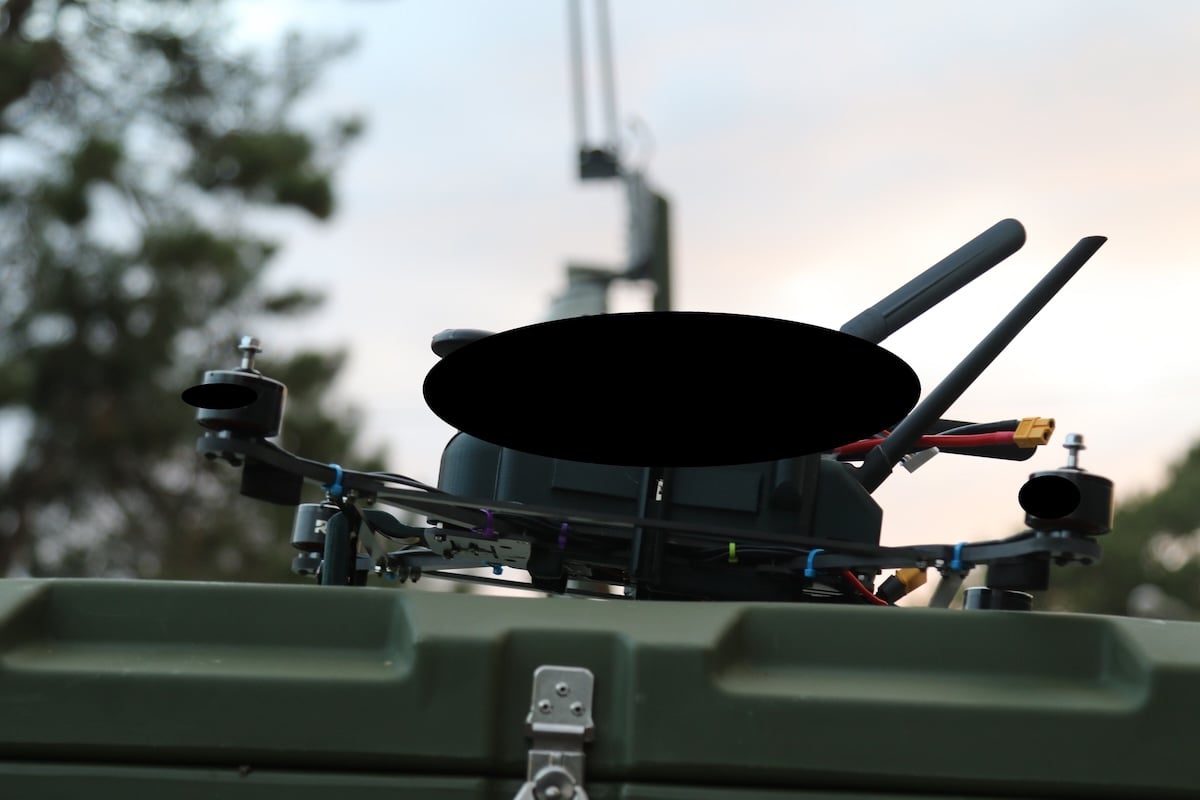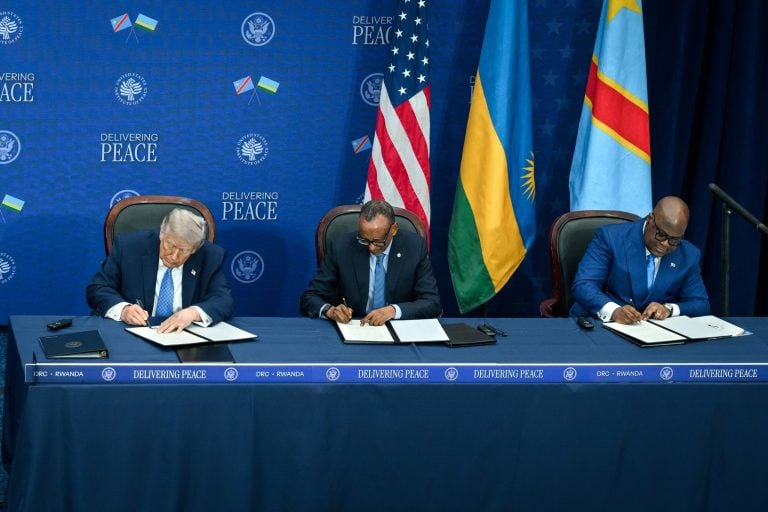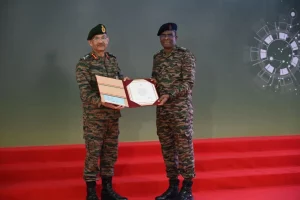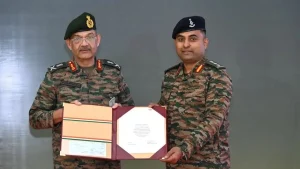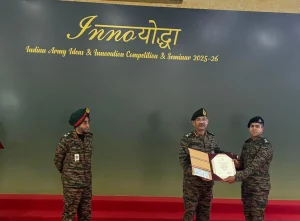NATO and Ukraine have successfully completed an important testing phase of a system designed to counter Russia’s long-range guided aerial bombs at the Direction Générale de l’Armement test range in France. This collaborative effort involved teams from the NATO-Ukraine Joint Center for Analysis, Training and Education (JATEC) and NATO’s Allied Command Transformation (ACT), who rigorously assessed the capabilities of the system under challenging weather conditions.
The tests revealed promising results: the radar, equipped with advanced sensors, effectively identified, tracked, and engaged a simulated target. The AI-enabled interceptor followed a pre-determined trajectory, showcasing its ability to respond to the threat posed by enemy aerial bombs.
Russia’s guided aerial bombs, known as “KABs,” have been a significant threat in the ongoing conflict, having caused substantial damage to Ukrainian military positions and urban areas. These bombs, modernized versions of older Soviet munitions, are fitted with wings and precision guidance systems that enable them to glide over considerable distances before striking, allowing launching aircraft to stay beyond the reach of Ukrainian air defenses.
Each KAB warhead ranges from about 300 kilograms (661 pounds) to 1.5 metric tons (3,307 pounds), with some upgraded variants boasting ranges of nearly 200 kilometers (124 miles). Deputy Chief of Ukraine’s Defence Intelligence, Vadym Skibitskyi, noted that one test recorded a reach of 193 kilometers. He mentioned that these munitions were first employed during an attack on Dnipro and have since been utilized against other locations as well.
Currently, Ukraine lacks an effective defense against such aerial threats, highlighting the urgency of developing countermeasures. This NATO-Ukraine initiative originated from the 15th NATO Innovation Competition in March 2025, where 40 teams competed to create viable solutions. Out of those, three winners were chosen: the French company Alta Ares, which focused on AI detection algorithms; German firm Tytan Technologies, specializing in interception systems; and French company ATREYD, which is developing swarms of container-based interceptors.
In less than a year, the project has progressed from conceptual stages to prototyping, with Ukrainian experts actively participating in the trials and offering valuable feedback throughout the process. This collaborative approach exemplifies NATO and Ukraine’s commitment to enhancing defense capabilities against an evolving threat landscape.
